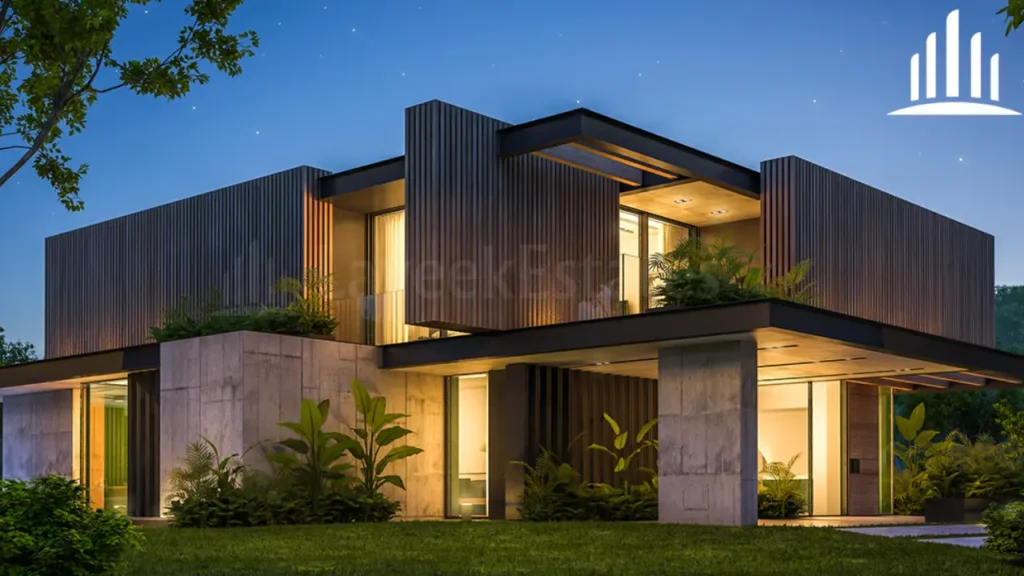While buying a home, you should know that you always have two options either buy land or buy a home that’s ready to move by. Before we go into the details, let’s understand what’s a move- in ready home and an under construction home:
Under Construction Homes: An under construction home is a domestic property that’s presently being erected or repaired.
Here are some of the major advantages and disadvantages of buying an under construction home:
Advantages:
- Customization: While buying an under construction home, you frequently have the occasion to customize the design, layout, and finishes to suit your requirements.
This allows you to produce a home that’s acclimatized to your requirements and life. - Cost Savings: Purchasing a home that is under construction can be further cost effective than copping a finished property.
- New Construction: An under construction home will usually be built using the modern construction techniques and materials, assuring that it meets present building codes and levels. This can provide peace of mind and minimize the need for immediate service or renovations.
- Implicit for Increased Value: If the area in which the under- construction home is located experiences growth and development, the property may increase in value over time, making it a long- term investment occasion.
Disadvantages:
- Detainments in Completion: colorful factors similar as rainfall conditions, material dearth, and government regulations can delay the construction process. As a result, the completion of the home may be delayed from the original schedule, which may be inconvenient for the buyer.
- Lack of certainty: In a home under construction, you may not be suitable to
completely fantasize the final product since the property is still In the development stage. This can make it delicate to estimate the construction quality and overall livability of the home. - Financing Challenges: Financing an under- construction home can be more
complicated than financing a completed property. - Ongoing Construction Stoppages: During the construction of a home, there may be
noise, dust and other nuisances associated with construction conditioning that may
impact your living experience during the construction period.
Ready-To-Move-In Properties:
A move- in ready home, also known as a finished home , is a domestic property that’s completely constructed and ready for immediate residency.
The main advantages and disadvantages of move- in ready homes are:
Advantages:
- Move- in ready: In ready home, you can move in as soon as the purchase is perfected, rather of staying until the construction or addition process is completed.
- Fantasize the final product: Since the home is formerly erected, you can physically check the property and get a clear image of the final design, Floor plans and
prosecution before making a purchase decision. - Reduced query: Purchasing a move- in ready home eliminates the misgivings associated with parcels under construction, similar as detainments in the end product and the possibility of unanticipated changes.
- Established Neighborhoods: Move- in ready homes are generally located in established areas with being structure, amenities and developed communities that can give a further flawless living experience.
Disadvantages:
- Limited Customization Options: With move- in ready homes, you have limited capability to customize the design, layout, or homestretches because the home is formerly completed to the builder’s or inventor’s specifications.
- Advanced outspoken Costs: Because you are paying for a finished product and the convenience of being suitable to move by right down, move- in ready homes are generally more expensive than under- construction parcels.
- Implicit for a competitive request: Popular or desirable areas may see a advanced demand for move- in ready homes, which may affect in further competition among buyers, advanced prices, and lower room for concession.
- Conservation and repairs: Since the home is formerly constructed, any necessary conservation or repairs come the new proprietor’s responsibility and may not be covered by the builder’s bond.
Investor preferences:
Investors generally prefer to invest in under construction properties rather than ready to move in properties.
Here are some important reasons why investors may invest in under construction properties rather than ready to move in properties:
- Implicit for value appreciation: under construction Properties frequently have a advanced eventuality for value appreciation. As a design nears completion, property values generally rise, meaning investors have the eventuality to realize a advanced profit upon trade.
- Lower Starting Prices : investors can frequently buy under- construction properties at a lower starting price than ready- to- move- in properties in the same area, performing in a advanced return on investment( ROI) in the long run.
- Customization Options: With parcels under construction, investors may have further inflexibility to customize bottom plans, homestretches and amenities to suit their tastes and the requirements of their target tenants.
- Investiture Payments: numerous under- construction systems offer structured payment plans that allow investors to pay in inaugurations over a period of time rather than a lump sum up front. This helps with cash inflow operation and allows you to work your investment.
- Regulatory Benefits: Investing in under- construction properties may offer certain nonsupervisory benefits, similar as duty impulses and access to government backing programs, which can increase your overall investment return.
- Diversification: Adding an under- construction parcels to your investment portfolio can help diversify threat, as investment timelines and request conditions may differ from ready- to- move- in parcels.
- Reimbursement Demand: Investors can anticipate advanced rental demand for newer, more ultramodern parcels compared to aged ready- to- move- in units, especially in high- growth regions and arising requests.


